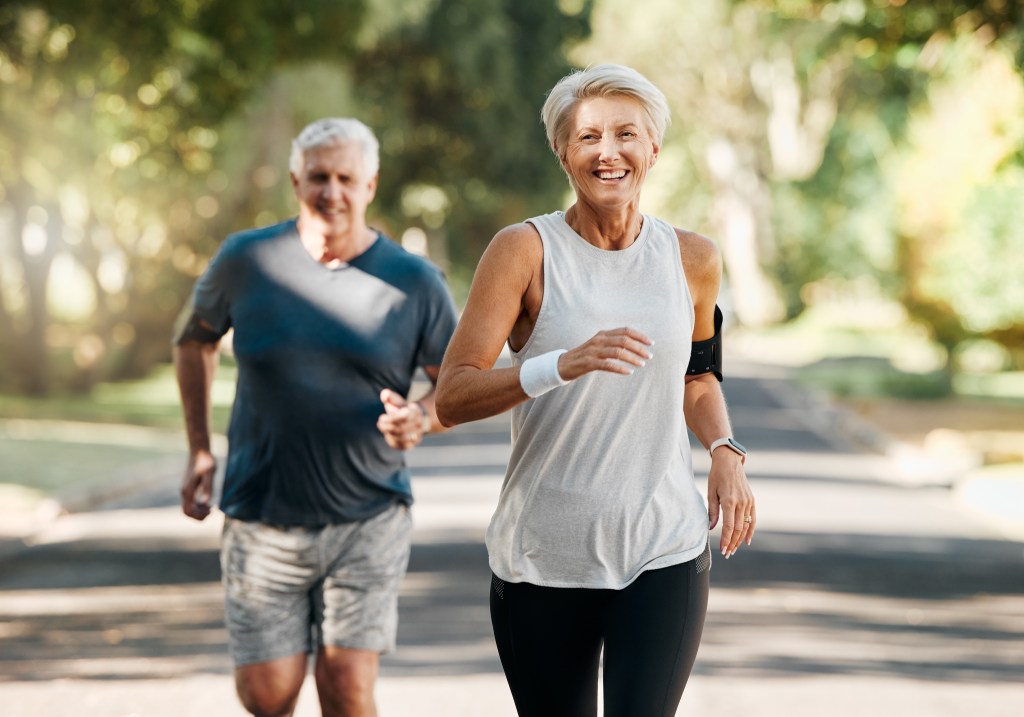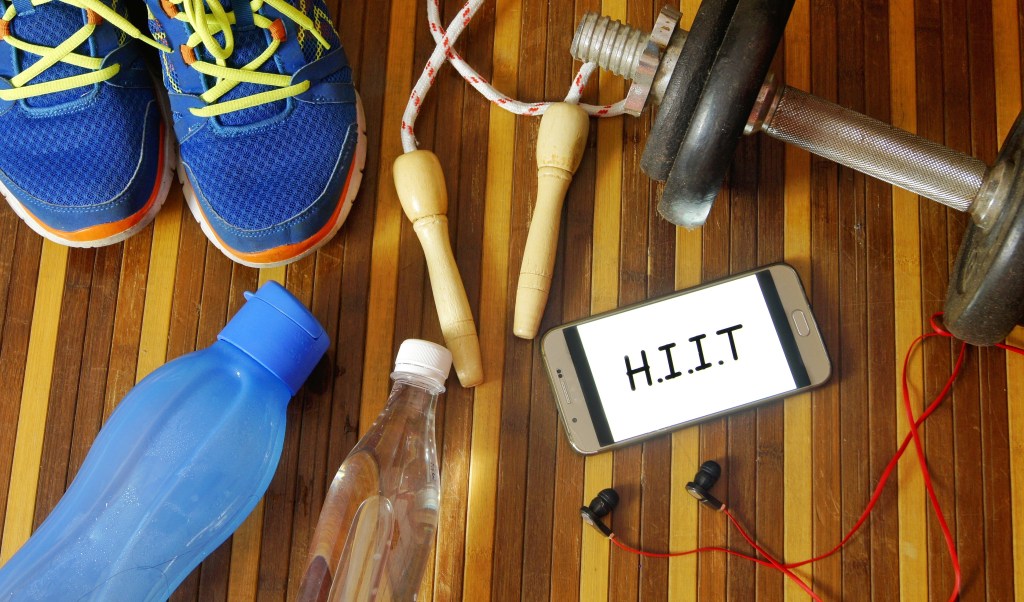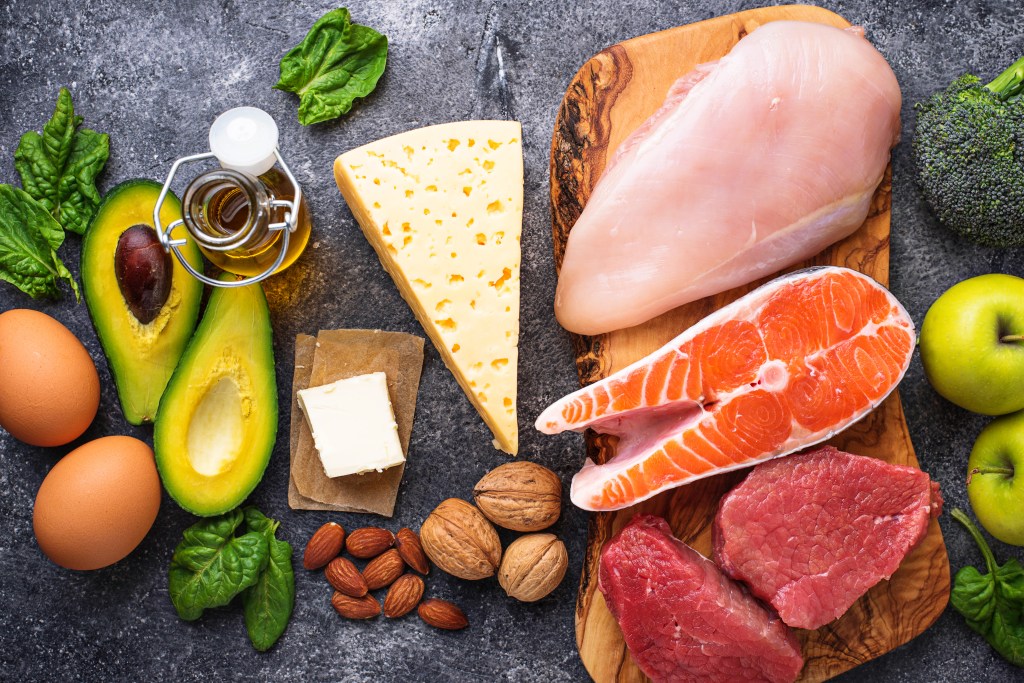At a glance
How efficiently your body utilizes oxygen during physical exertion is an important indication of cardiovascular and metabolic health. Increasing VO2 max can support endurance, immune function, and long-term resilience. Simple changes in exercise, breathing, and recovery habits can gradually enhance VO2 max and overall physical performance.
VO2 max is a measure of the maximum amount of oxygen the body can utilize during intense physical activity, reflecting cardiovascular and respiratory efficiency.
Understanding how to increase VO2 max with targeted exercise, lifestyle changes, and dietary strategies can help enhance athletic performance, achieve better endurance, and improve cardiovascular health.
Discover how to boost your body’s capacity to utilize oxygen and learn why improving VO2 max can deliver benefits that go far beyond enhanced aerobic fitness.
What is V02 max?
VO2 max, also referred to as volume of oxygen maximum or maximum oxygen uptake, is a measure of aerobic capacity that reflects overall cardiovascular fitness level.
It represents the volume or capacity of oxygen the body can consume during intense physical activity over a certain amount of time.
This metric is a strong indicator of aerobic fitness and the body’s ability to deliver oxygen to working muscles, which is essential for sustaining high levels of physical performance.
VO2 max is often used to assess an individual’s endurance and aerobic potential, helping athletes and fitness enthusiasts determine their cardiovascular efficiency.
It’s also a useful measure for monitoring progress in training, as improvements in VO2 max reflect enhanced cardiovascular function and fitness.
In addition to regular aerobic exercise, factors such as age, genetics, and diet can influence the body’s oxygen utilization capacity. Improving VO2 max can significantly boost endurance, physical performance, and overall health, contributing to greater longevity.
Watch the video below to learn how to boost VO2 max and live longer.
How is V02 max measured?
The gold standard for testing VO2 max is having an individual perform incremental exercise on a stationary bike or treadmill while the amount of oxygen consumed is monitored through a mask or breathing apparatus.
The test continues until the person reaches exhaustion, and the maximum amount of oxygen used is recorded in milliliters of oxygen per kilogram of body weight per minute (mL/kg/min) to determine VO2 max.
The VO2 max ranges, categorized by gender, are as follows:
Men
- Sedentary: 35 to 40 mL/kg/min
- Active: 40 to 46 mL/kg/min
- Very Active: 47 to 60 mL/kg/min or higher
Women
- Sedentary: 25 to 30 mL/kg/min
- Active: 30 to 40 mL/kg/min
- Very Active: 40 to 50 mL/kg/min or higher
Fitness trackers and smartwatches can also offer VO2 max estimates based on heart rate data, exercise intensity, and user-specific information such as age, gender, and fitness level.
While these devices provide convenient, non-invasive assessments, their estimates may not be as accurate as laboratory maximal oxygen uptake tests.

Benefits of improving your V02 max
Improving VO2 max offers numerous health benefits, including better cardiovascular function, metabolic balance, and enhanced immune defenses.
A higher VO2 max reflects the heart’s ability to pump a larger stroke volume, which is linked to a reduced risk of heart disease, high blood pressure, and cardiac arrest.
According to research published in Circulation, increasing VO2 max may also benefit individuals with existing cardiovascular conditions.
The authors of this study investigated VO2 max improvements in individuals with heart failure (HF) and concluded, “Among patients with chronic systolic HF, even a modest increase in peak VO2 over three months was associated with more favorable outcomes.”
Additionally, improving VO2 max helps manage body weight by supporting fat oxidation and energy expenditure during exercise. This promotes a healthy body weight, which further reduces the risk of chronic diseases, including diabetes and metabolic syndrome.
In addition, a study published in Brain, Behavior, and Immunity found that a higher VO2 max is associated with better immune health and a lower risk of viral infections.
A strong VO2 max helps improve blood circulation, allowing immune cells to circulate more effectively throughout the body. This enhanced circulation ensures a quicker response to infections and better regulation of immune function.
In combination, the benefits of a high VO2 max not only boost overall fitness but also lower the risk of chronic diseases, promoting long-term health and potentially extending lifespan.

How to increase V02 max
Most healthy people can make significant improvements in VO2 max through regular aerobic exercises, getting enough sleep, and following the right nutritional strategy.
Here are four ways to increase the body’s capacity to consume and utilize oxygen
1. Focus on aerobic workouts
Evidence published in the International Journal of Exercise Science suggests that incorporating various different forms of aerobic workouts can be highly effective in improving VO2 max metrics.
Different types of exercise that help enhance respiratory and cardiovascular efficiency include:
- Aerobic endurance training, such as running, cycling, and swimming, helps improve endurance and oxygen utilization.
- High-intensity interval training (HIIT) involves alternating between intense bursts of aerobic exercises with rest and has been found to be more effective in raising VO2 max than traditional endurance exercises.
- Plyometric training includes jump squats and box jumps, which improve cardiovascular strength and explosive power while enhancing the body’s oxygen utilization capacity.
- Fartlek training involves varying the intensity throughout a running workout, alternating between faster intervals and easy runs. This helps improve VO2 max by challenging the cardiovascular system to adapt to different intensities.
In addition to regular and consistent aerobic workouts, adequate rest periods and proper recovery are crucial to avoid overtraining and allow the body to adapt and improve VO2 max effectively.

2. Incorporate breathing practices
Breathing practices such as controlled nasal breathing and respiratory muscle training, which includes inspiratory and expiratory exercises using a respiratory training device, can improve lung function and increase VO2 max.
Targeted breathing techniques can be particularly beneficial for individuals with poor lung function and chronic respiratory diseases. These practices help strengthen respiratory muscles, enhance oxygen delivery, and support overall breathing efficiency.
3. Get adequate sleep
According to a study published in Physiology & Behavior, sleep deprivation is linked to lower VO2 max levels.
In contrast, obtaining restful, rejuvenating sleep supports a strong VO2 max, highlighting the importance of adequate sleep for optimal cardiovascular performance and overall fitness.
During sleep, the body repairs and regenerates muscle tissue and restores energy levels, which contribute to maintaining and improving aerobic capacity and VO2 max.

4. Follow a nutrient-dense diet
Following a nutrient-dense low-carb diet such as Healthy Keto® can help improve VO2 max and support overall cardiovascular health.
“It’s vital to avoid a high-carb diet, which can lead to energy spikes and crashes, poor cardiovascular function, and weight gain,” explains Dr. Berg. “These factors all negatively affect the amount of oxygen the body can utilize.”
Instead, focus on consuming healthy fats and nutrient-dense whole foods such as green leafy vegetables, organic full-fat dairy, pasture-raised eggs, grass-fed meats, and wild-caught fish and game meat.
Additionally, red blood cells play a critical role in supporting oxygen delivery throughout the body. This explains why iron-rich foods such as red meat and organ meats are a vital component for maintaining and optimizing the body’s oxygen-carrying capacity and, subsequently, VO2.
Key takeaways
- VO2 max reflects how efficiently your body uses oxygen during exercise and is a strong indicator of cardiovascular fitness, endurance capacity, and long-term metabolic health.
- Incorporating aerobic training, high-intensity intervals, along with other targeted exercises, can help raise VO2 max by improving the heart, lungs, and muscles’ ability to use oxygen.
- Breathing practices, including nasal breathing and respiratory muscle training, further support oxygen delivery and can enhance VO2 max over time.
- Adequate sleep and recovery are essential for maintaining cardiovascular efficiency, supporting muscle repair, and enabling steady improvements in oxygen utilization.
- Following a nutrient-dense, low-carb diet such as Healthy Keto may help support cardiovascular function and contribute to healthier VO2 max levels.
FAQ
1. What is V02 max?
VO2 max is a metric that measures how much oxygen the body can utilize during intense physical activity, reflecting cardiovascular efficiency. It plays a crucial role in athletic performance, as higher VO2 max indicates better endurance and overall physical capability.
2. What is the fastest way to increase VO2 max?
The fastest way to increase VO2 max is to consistently engage in endurance sports, such as running, swimming, or cycling, and incorporate high-intensity interval training (HIIT). HIIT improves cardiovascular efficiency, enhances oxygen uptake, and boosts overall aerobic capacity.
In addition, following a nutrient-dense low-carb diet, prioritizing sleep, and allowing adequate rest and recovery help optimize the body’s ability to utilize oxygen efficiently, further enhancing VO2 max and supporting overall health and performance.
3. What is a good VO2 max by age?
For both men and women, a good VO2 max typically ranges from 45 to 55 milliliters of oxygen per kilogram of body weight per minute (mL/kg/min) in their 20s, gradually decreasing to around 35 to 45 mL/kg/min by their 60s.
However, highly active individuals across all age groups can achieve significantly higher values, reaching 70 mL/kg/min or more.
4. How long does it take to improve VO2 max?
How long it takes to improve VO2 max depends on factors such as the individual’s starting fitness level, the intensity and frequency of training, dietary habits, sleep quality, and genetics.
However, noticeable improvements in VO2 max typically occur within 4 to 6 weeks of consistent aerobic exercise.
Sources
- https://pmc.ncbi.nlm.nih.gov/articles/PMC3732187/
- https://www.sciencedirect.com/science/article/abs/pii/S0889159117303550
- https://pmc.ncbi.nlm.nih.gov/articles/PMC4836566/
- https://pubmed.ncbi.nlm.nih.gov/28502838/
















